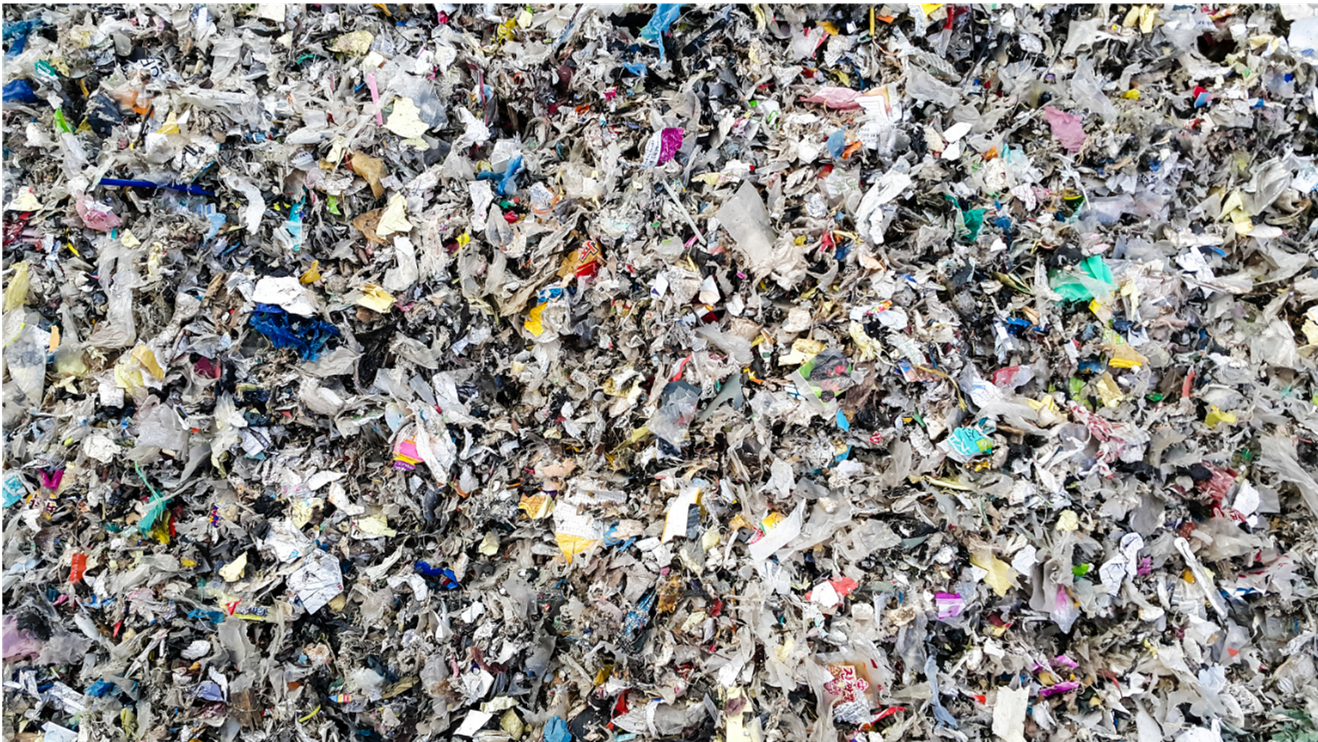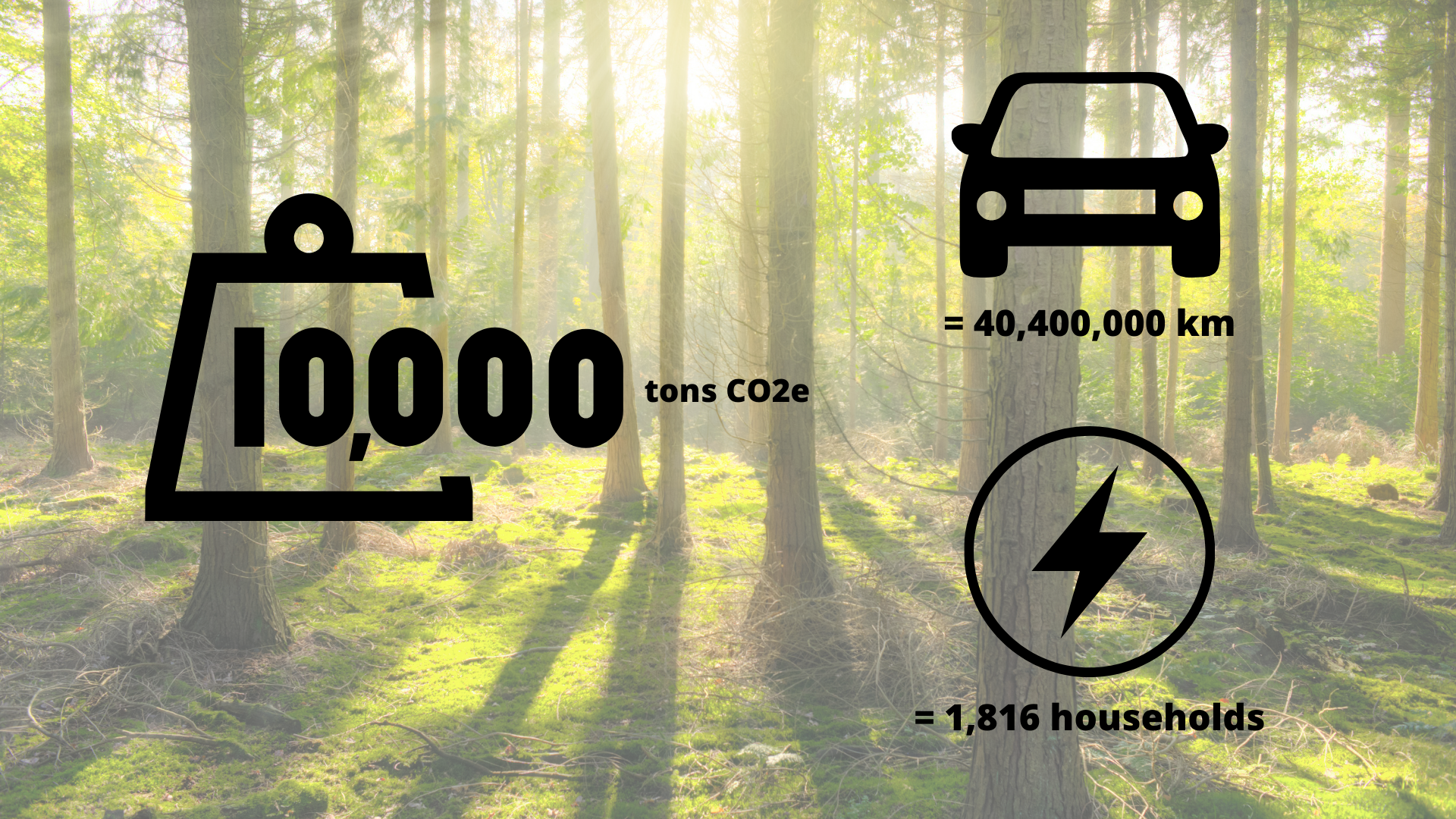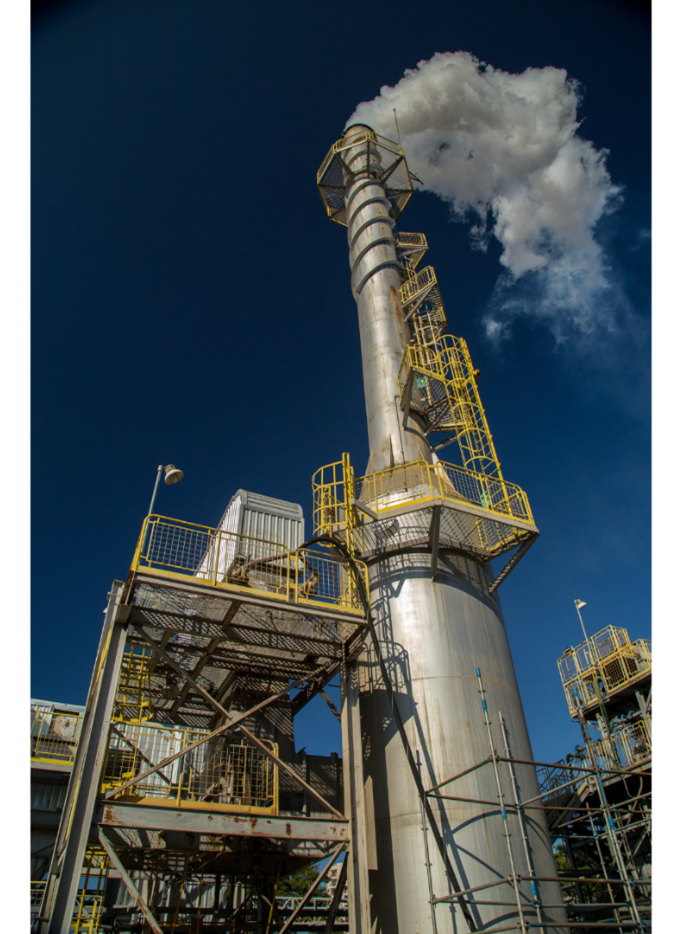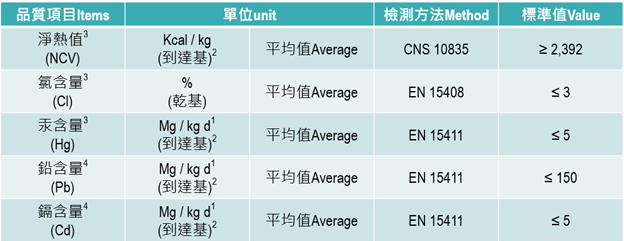Search
The REMONDIS Group’s locations
Discover the world of REMONDIS with its approx. 900 branches and associated companies in over 30 countries across Europe, Africa, Asia and Australia.
How these little flakes can help boilers to reduce their carbon emissions?
Do these flakes look valuable to you? Or do they just look like trash to you? Yeah, they somehow do… Well, we call them SRF (solid recovered fuel) and actually, these flakes are an important key to reaching our climate targets all around the world. So indeed, they are quite valuable. Let us explain how. We guarantee that you are going to be surprised!

What is SRF?
SRF stands for solid recovered fuel and is produced from different waste sources. Usually, household or business waste is utilized which includes biodegradable (wood) material as well as plastics. The waste is collected and processed in a treatment plant which typically involves drying, filtering, shredding and optical sorting. Most important is to remove non-combustible (mineral) materials like stones, glass or metals and potentially harmful substances, especially chlorine.
This fuel is then used in cement plants, coal-fired power plants or simply industrial boilers to replace fossil fuel (coal). The fuel is used to produce electricity or heat for industrial applications or household energy production. By replacing this coal, greenhouse gas (GHG) emissions can be avoided and boiler operators can reduce their carbon footprint.
The production and consumption are particularly high in Europe, like the UK, the Netherlands, and Germany. In Germany, the production and utilization of SRF started already in the 1990’s, pushed by the cement industry to reduce their fuel costs (fuel costs in cement plants can easily make up 1/3 of the total costs). In Taiwan, the production and utilization of this alternative fuel is just about to take off.
Why we should use SRF in our boilers
Are you operating a coal boiler to produce energy for your production process? Then you know that with every ton of coal you are burning, there are also some carbon emissions which are produced. The U.S. Energy Information Administration (EIA) calculates that 1 ton of coal generates 2.86 tons of CO2 if combustion is complete.[1] We all know by now that emitting CO2 is one reason for our climate change which leads to climate disasters and worse living qualities around the world.
So, finding ways how to reduce the coal consumption and therefore reducing our CO2-emissions is crucial. By using SRF instead of coal, we found a very good solution to do so.
In Germany, we at REMONDIS have done long-term studies with our SRF plants and coal boilers and the results have been promising. There, we are producing SRF for coal boilers and cement kilns since 1996. We found that at least 1 ton of CO2 per ton of used SRF could be reduced in the coal boilers which have been analyzed.

That means if a boiler consumes 50,000 tons of coal per year and replaces 10,000 tons of the coal with SRF, the carbon footprint can be reduced by 10,000 tons of CO2 per year. According to the U.S. EPA Greenhouse Gas Equivalencies Calculator, that is equals to 40,444,424 km driven by a passenger car or the emissions produced by the annual electricity consumption of 1,816 households.[2]

You want to learn more about the carbon footprint reduction potential of SRF in your boiler? Just Contact us and our experts will discuss further with you.
Is using SRF safe for the boiler?
You might wonder if it safe to burn SRF in your boiler since the source of the fuel is considered waste. Let us dive a bit into this topic because in the end, a maximal load of your boiler is the most important thing. You don’t want alternative fuel usage to jeopardize that. With any fuel, even coal, the foremost concern is the corrosion in the area of the steam generator for most of the boiler operators. Corrosion in general is depending on the combustion conditions like pipe wall temperature, and the content of corrosive elements in the SRF, like chlorine. Alkali chlorides (NaCl, KCl) can easily condensate in the area of the superheater and trigger a corrosion cycle by reacting with the iron surface of the boiler. It is therefore important to keep the chorine content in the SRF below the critical level.

On the one hand, a reliable quality control of the SRF producer can ensure that the fuel does not exceed the chlorine and sulfur levels which are critical for the boiler’s health. REMONDIS commits to a frequent sampling and quality control of our SRF by an independent laboratory to ensure our stable and high fuel quality. By that, our total chlorine content can be managed to be below 0.5% (dry base).
On the other hand, a technical retrofitting of the boiler is necessary in most cases to be able to cope with the combustion of SRF (feed-in system, upgrade flue gas treatment). After all, a complete absence of chlorine and sulfur in the SRF cannot be guaranteed as the waste input sources are variable. Furthermore, the physical properties of SRF are different than milled coal and can therefore not be fed into the boiler with the same feed-in system.
A few operational measurements to minimize the corrosion effects in the boiler are as follows:[3]
1. Avoidance of high chlorine and pollutant levels through improved quality control
2. Avoidance of chlorine peaks by mixing and homogenizing the fuel
3. Avoidance of high chlorine levels, especially when starting up after inspections (high-sulphur start-up fuel)
4. Additive dosing (sludge, limestone)
Contact us to find out more about our SRF quality control and how to enable your boiler to burn SRF.
SRF regulations in Taiwan
Last but not least, let us have a quick look at the situation around SRF in Taiwan. In 2020, the Taiwan EPA has set the Solid Recovered Fuel Manufacturing Guidelines and Quality Standards to give the industry some guidelines on how to produce SRF with consistent high quality. The government’s target is to produce 390,000 tons of SRF in 2021, increasing to 470,000 tons by 2023. In total, at least 700,000 tons of the industrial waste which is currently sent to incineration plants in Taiwan can be transformed into SRF, according to the current Department of Waste Management Director General Lai Ying-Ying (賴瑩瑩).[4]
The standards set in 2020 are defined from the right table.

All the rules might be a bit overwhelming, as this market is new to Taiwan. Don’t worry, just get in touch with us and we will explain you all the necessary details. Just Send us an email or Call us here.


